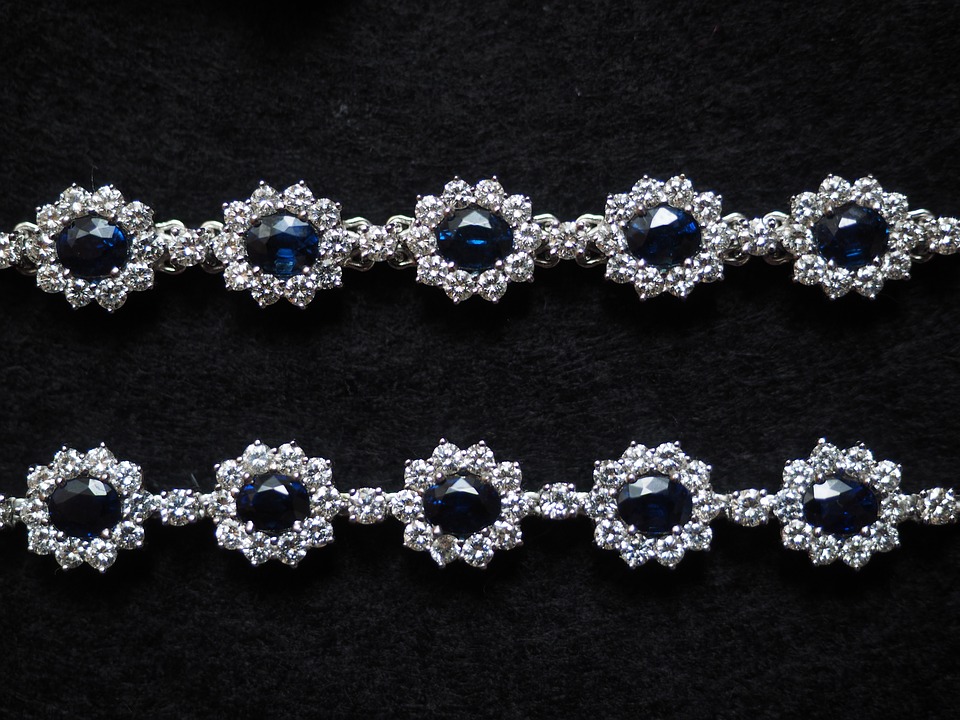The Amora gem is hailed by many as the perfect alternative to diamond for a lot of good reasons. It is also quite often mistaken as being the same as moissanite with which it shares traits. It would be good to finally make it clear what differences lie between these minerals. All of them are no doubt brilliant, beautiful and tough, but one stands higher than all the others.
Amora vs Diamond
Diamond is a naturally occurring mineral on Earth. It is found in many places including Africa where a lot of mines have been opened. Instead of helping the local communities, however, these mines became the source of conflict due to their perceived value. Some are mined in the midst of war and are used by the local warlords to finance the conflicts. Due to the outcry, makers of diamond jewelry have begun to steer clear of these controversial sites with questionable practices. They use sources where there are no such issues but this can increase the cost of their items. It is also difficult to ensure that no blood diamonds make their way into the market.
Amora, on the other hand, is not a naturally occurring substance. It is solely produced inside special laboratories using silicon and carbon in equal amounts. The result is a gem that looks just like diamond but with even better brilliance and fire. This means that they are able to sparkle and shine much more when hit with light. Their use for jewelry is thus a logical consequence of their appearance. Their beauty does not compromise them in any way. They are almost as scratch-resistant as diamond and they are even tougher to chip away.
Amora vs Moissanite
These two minerals are made from the same material which is silicon carbide. But just because they have the same ingredients doesn’t mean that they are exactly the same substance. The main difference lies in their crystalline structure. Amora has an even higher brilliance which is measured in terms of refractive index. The gem usually gets a score between 2.66 and 2.71 while the other mineral gets between 2.65 and 2.69. Diamond lags behind quite a bit with 2.417, though still ahead of other precious stones such as rubies that measure only 1.76.
The gem also has better color in terms of having a wider optical band gap. It is colorless unlike moissanite which tends to tint green. It also features a greater degree of hardness. Reproducing Amora in the lab is more difficult but the effort is worth it given the impressive results.








